
Sir John Campbell Longstaff was an Australian painter, war artist and a five-time winner of the Archibald Prize for portraiture. His cousin Will Longstaff was also a painter and war artist.

The Athenaeum or Melbourne Athenaeum is an art and cultural hub in the central business district of Melbourne, Victoria, Australia. Founded in 1839, it is the city's oldest cultural institution.

Edward Norman Baillieu is a former Australian politician who was Premier of Victoria from 2010 to 2013. He was a Liberal Party member of the Victorian Legislative Assembly from 1999 to 2014, representing the electorate of Hawthorn. He was elected leader of the Liberal Party in opposition in 2006, and served as Premier from 2010 until 2013 after winning the 2010 state election. He resigned as Premier on 6 March 2013, and was succeeded by Denis Napthine.

Walter Herbert Withers was an English-born Australian landscape artist and a member of the Heidelberg School of Australian impressionists.
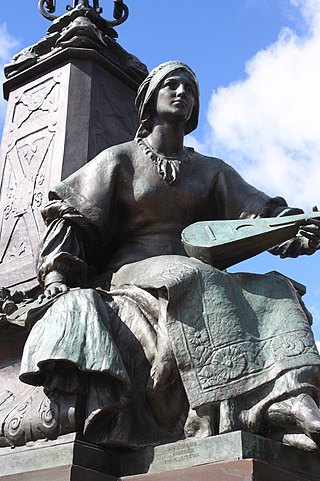
Paul Raphael Montford was an English-born sculptor, also active in Australia; winner of the gold medal of the Royal Society of British Sculptors in 1934.
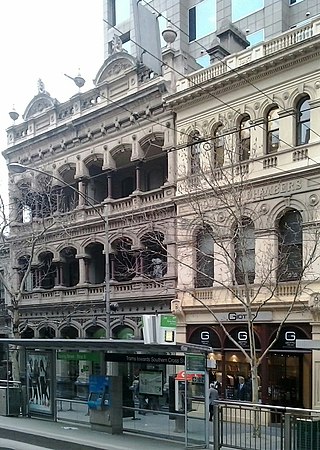
Grosvenor Chambers, at number 9 Collins Street, Melbourne, contained the first custom-built complex of artists' studios in Australia.

Daryl Sanders Jackson AO is an Australian architect and the owner of an international architecture firm, Jackson Architecture. Jackson also became an associate professor at University of Melbourne and Deakin University.
Charterisville is the name given to a property in Ivanhoe, Victoria Australia closely associated with the Heidelberg School of Australian art.
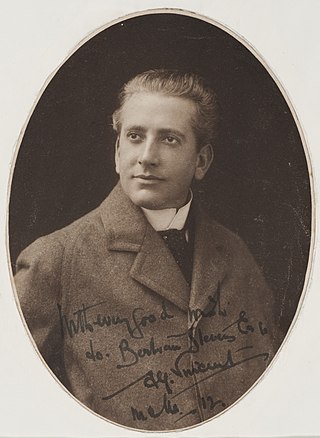
Alfred James Vincent was an Australian cartoonist born in Launceston, Tasmania.
Eric Prentice Anchor Thake was an Australian artist, designer, painter, printmaker and war artist.
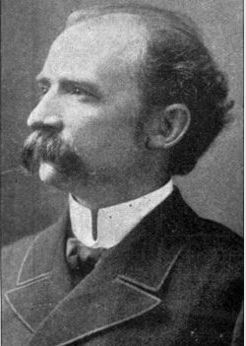
John Ford Paterson, often referred to as Ford or J. Ford Paterson, was a Scottish-born Australian artist. He specialised in landscapes.
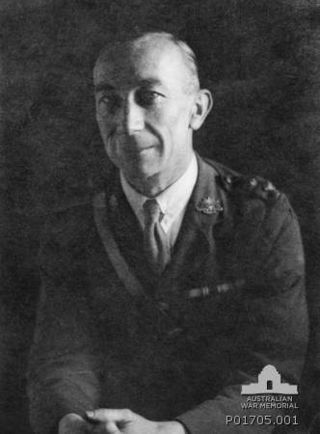
George Courtney Benson (1886–1960) was an Australian painter, muralist and cartoonist, and an official war artist during World War I.
William Arthur Purnell F.R.A.I.A., generally known as Arthur Purnell, and sometimes A W Purnell, was an Australian born architect who practiced in Canton, China in the 1900s, and from 1910 mainly in Melbourne, Australia. He is most noted for the few designs in Melbourne that include Chinese references.
Victor Zelman (1877–1960) was an Australian painter and etcher. He was born in Melbourne and was the son of Alberto Zelman (senior) and the brother of Alberto Zelman, the founder of the Melbourne Symphony Orchestra.
The Yorick Club was a gentlemen's club in Melbourne, Australia, whose membership consisted originally of men involved in the arts and sciences. It was founded in 1868 and continued in some form into the 1950s and perhaps beyond.

Henrietta Maria Gulliver was an Australian artist who specialized in landscape and floral still-life paintings. She was also a florist, horticulturalist and landscape designer.
Sydney Wigham Smith was an architect in Melbourne, Australia, principal of the firm of Sydney Smith, Ogg and Serpell.
Sydney Savage Club is, or was, a social club in Sydney, Australia, associated with the London Savage Club, named after the poet, Richard Savage, and was formed to bring together literary men connected with literature, the arts, sport or science.
Herbert James Woodhouse was an Australian painter in watercolors, noted for his accuracy of execution,
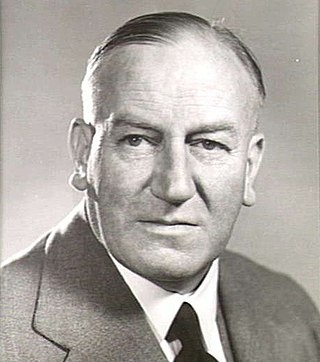
Harold Brocklebank Herbert (1891–1945) was an early 20th century Australian painter and printmaker, an illustrator and cartoonist. A traditionalist, as an art teacher he promoted representational painting, and as a critic was an influential detractor of modernism. He was the first war artist to be appointed for Australia in the Second World War, serving for 6 months with the Australian Infantry Forces in Egypt in 1941 and in the Middle East in 1942.












